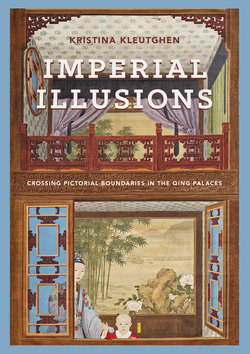Читать книгу Imperial Illusions - Kristina Kleutghen - Страница 40
На сайте Литреса книга снята с продажи.
Оглавление1.2Scenes from Song dynasty tomb at Dengfeng, excavated 2011. From Lobell, “Song Dynasty Tomb Discovered.”
In contrast to portable painting formats, Song and Yuan murals frequently demonstrate continuity rather than disjunction between what is often distinguished as Song realism versus Yuan expressiveness,19 not least because of the trained professionals who continued to produce murals while the literati practiced the more abstract style. What few Yuan and Ming murals survive are all monumental examples from Daoist and Buddhist temples, where their two essential functions were as ritual objects and evangelical media.20 Arguably the most famous Daoist murals are the thirteenth- and fourteenth- century examples from Shanxi of an imperial-style audience with the celestial court of Daoist deities, in front of which a priest would visualize his transcendence from the human realm into the heavens to personally present a petition to the Daoist supreme being during a court audience.21 Fully integrated with the surrounding temple architecture and often with connections to the Wu Daozi tradition, these lively murals helped facilitate the priest’s mental journey to the celestial realm in order that he could actually carry out the presentation there, rather than simply symbolically in front of paintings on earth. Like their Daoist counterparts, late imperial Buddhist temple murals presented monumental assemblages of figures: massive central Buddhas and bodhisattvas in their particular paradises, surrounded by deities, celestials, warriors, and other figures
